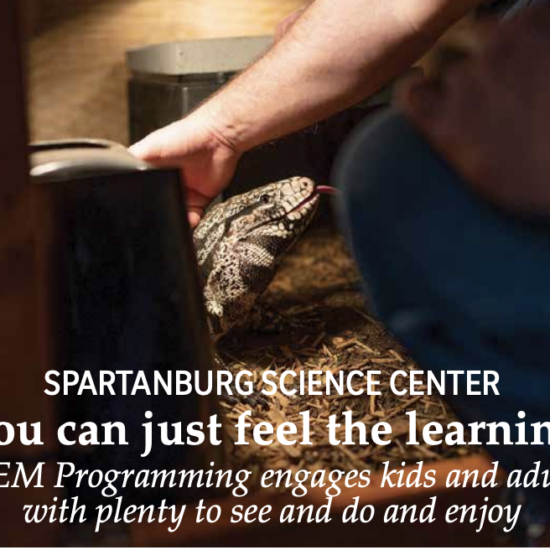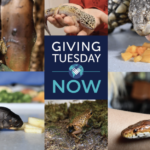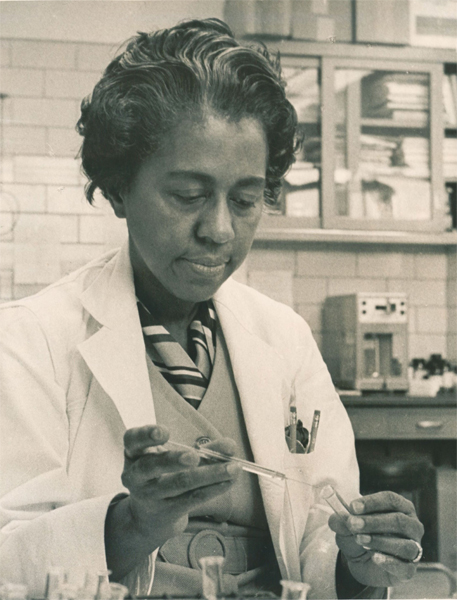
Dr. Marie Maynard Daly and the Human Heart
Marie Maynard Daly was an American biochemist and the first African American woman to earn a Ph.D in Chemistry in 1947.
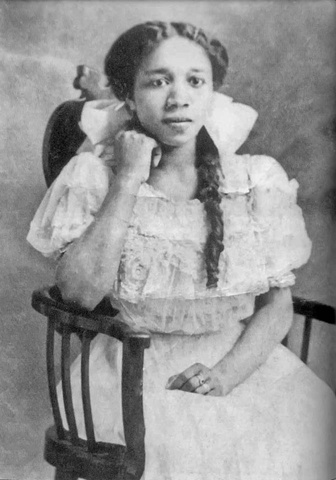
she excelled as a science student.
Marie grew up in Queens, New York as the daughter of an immigrant. Her father immigrated from the British West Indies and worked in the Post Office. He inspired Marie to pursue science from an early age, as he had studied Chemistry at Cornell University but ran out of funding before completing his degree.
In school, Marie was a gifted student and her teachers encouraged her to excel. After high school, she went to Queens College for her bachelor’s degree, and then on to New York University and Columbia University for her masters and PhD. Marie was the first African American to earn a PhD from Columbia!
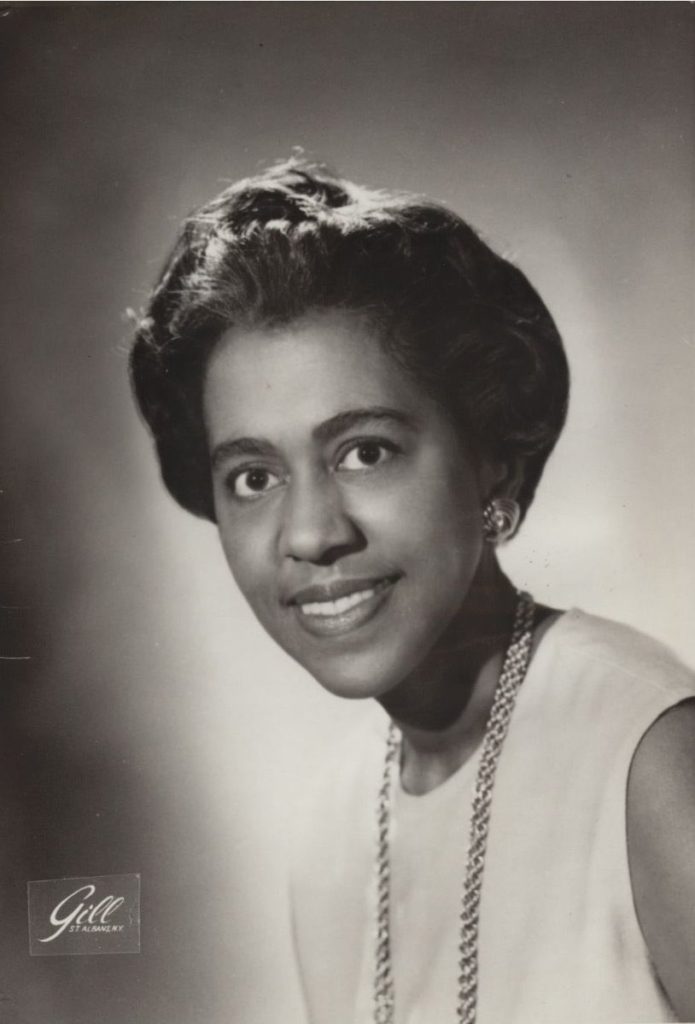
Dr. Marie Maynard Daly’s Discovery.
After earning her degrees Marie did research on the building blocks of cells. Her research was the first to sort different materials within the cell without breaking down the super tiny structures. When scientists Watson and Crick won the Nobel Prize for the double helix structure of DNA, Watson sited Marie’s work as important in their discovery!
Perhaps most important of all her findings, was Marie’s research on heart disease. Unfortunately, heart disease is the number one cause of death in the United States every year!
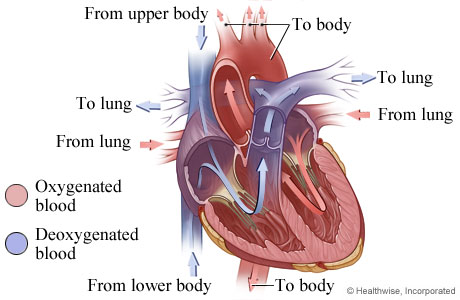
While researching the tiny building blocks of cells, Marie realized she was interested in physiology, or the study of the human body. She researched nutrition and found that diets with lots of sugar and fat lead to high cholesterol levels in the body. Cholesterol is a waxy, fatty buildup that is found naturally at lower levels in the body, but as Marie discovered — at high levels cholesterol clogs up the plumbing of the heart!
Experiment time!
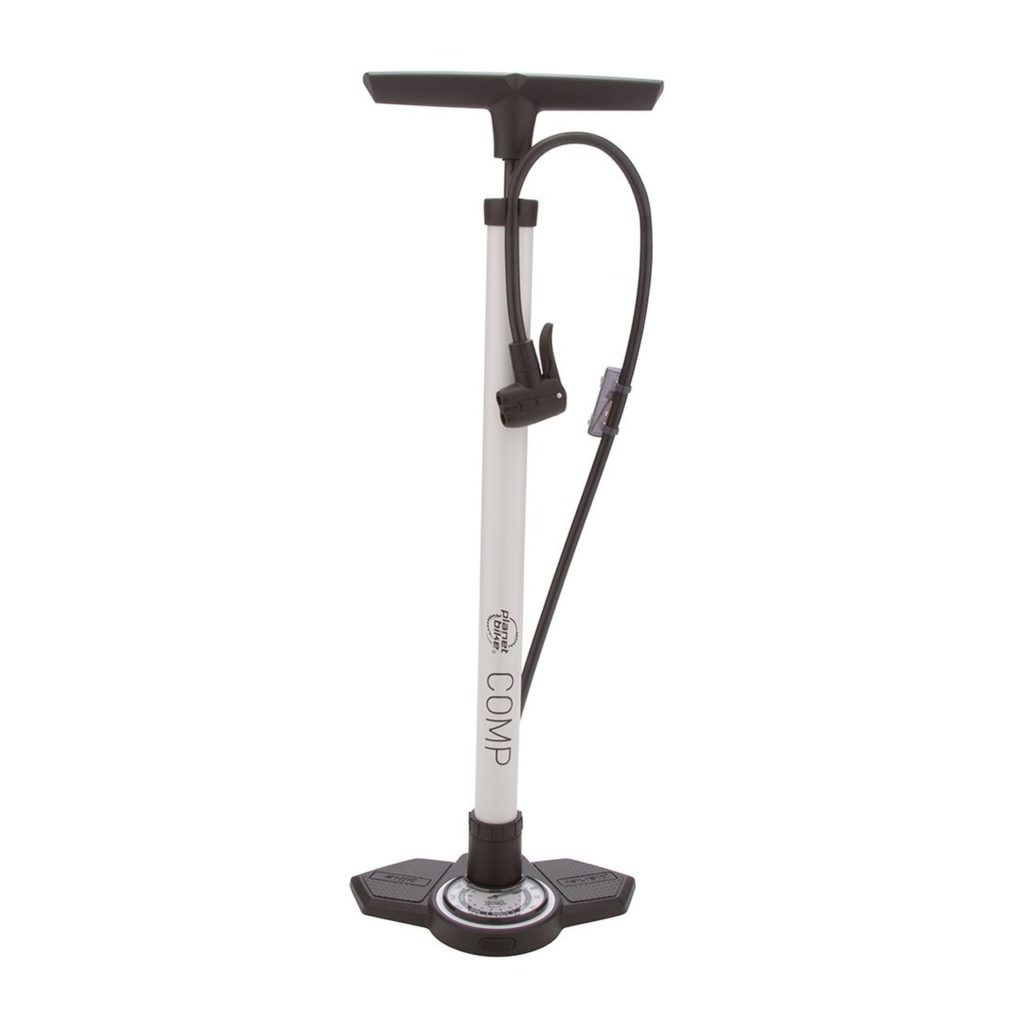
The human heart is essentially a giant pump, sort of like the pump you would use to inflate tires on your bicycle or car! As the outside muscles of the heart apply pressure or move in, blood gets pumped out. Just like squeezing toothpaste out of the tube, blood travels out of the heart through tubes when pressure is applied to the heart.
Time needed: 30 minutes
To learn more about how the heart works, let’s build a model! For this exercise you will need:
- A jar or glass
Two straws
A balloon
A skewer or toothpick
A pair of scissors
Water (and a sink!)

- Add water to your jar
To build our own model of the heart let’s begin by filling our jar our glass halfway full with some water.
- Have an adult cut your balloon
Next, have an adult help cut off about an inch of the balloon — at the nozzle end where you would normally blow in!
- Grab your toothpicks
Have that adult pull the balloon over the opening of the jar and punch two tiny holes in the taut balloon with a skewer or toothpick.
- Add your straws
The two straws will go in those holes.
- Test your heart
Your heart model should now be complete! Place it over your sink, or take it outside and press on the center of the balloon. What happens?
Results
You should see the water come out of the straws as pressure is applied on the balloon! That’s because we’re making the volume of the jar smaller by pressing down — that water has to go somewhere — so it goes out the straws! If we did this experiment underwater we would be able to feel the water get pushed out of the straws when we push down on the balloon, but when we let go of the balloon and allowed it to expand, water would also rush back into the model through the straws! The human heart works like this, pushing blood out of the heart and then relaxing to let more blood flow back in!
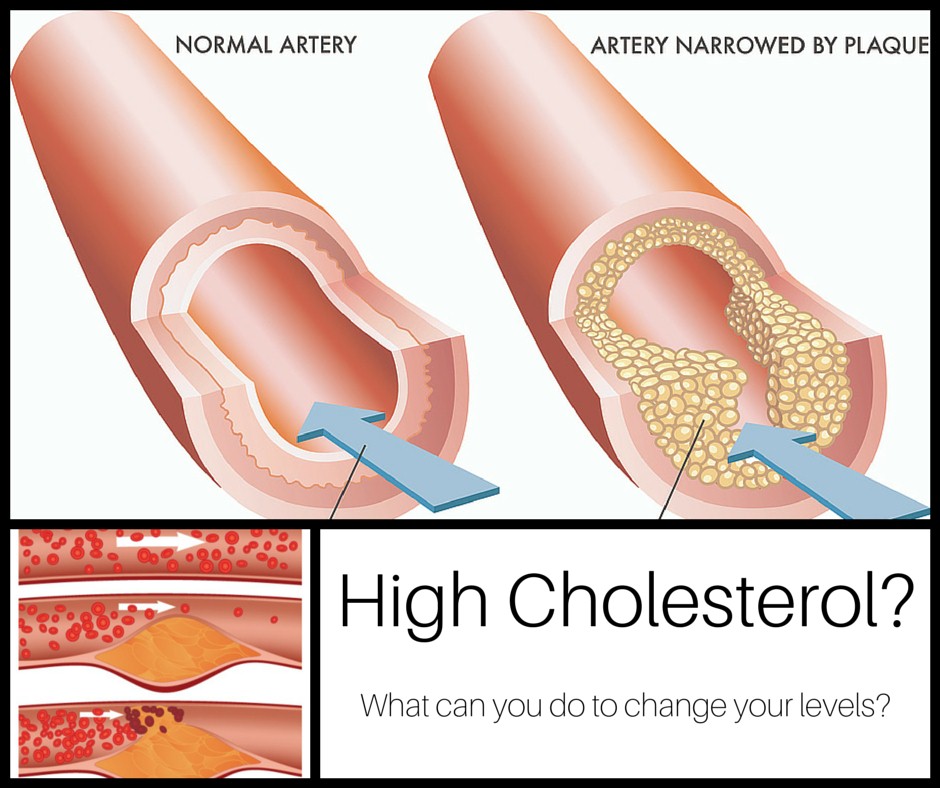
Conclusion
Now imagine if something was blocking the straws. If you have some Playdough or modeling clay, experiment and see what happens if you partially clog one of the straws. Does it become more difficult for the water to escape? It should! In the human heart the straws that carry blood to the rest of the body are called “arteries.” When someone has high cholesterol, they have a waxy buildup in those arteries so it becomes a lot harder for their heart to pump blood to the rest of their body. Over time this can wear out the heart and make them very sick!
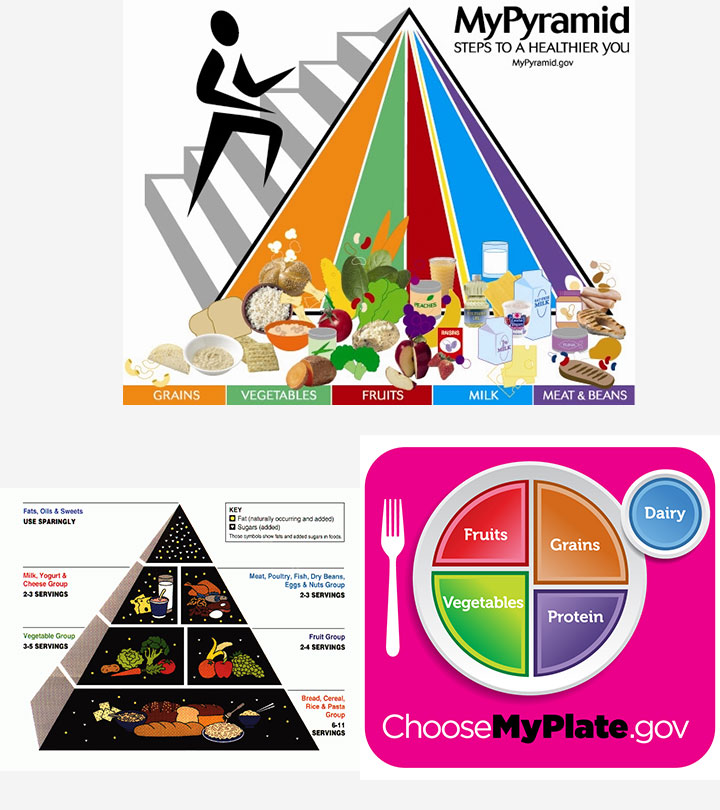
So what can we do to keep the people we love healthy? We can help them eat a balanced diet of fruits and vegetables and lean meats/protein! We can also exercise and work on getting outside as much as we can. It’s important that when someone has high cholesterol that they limit the amount of fatty fried foods they eat, and also take care of themselves!
Extra Credit Activity
If you have someone in your life whose heart could use a helping hand, why don’t we make them a stress ball?
For this bonus exercise, you will need: a balloon, flour, and a funnel or piece of paper.
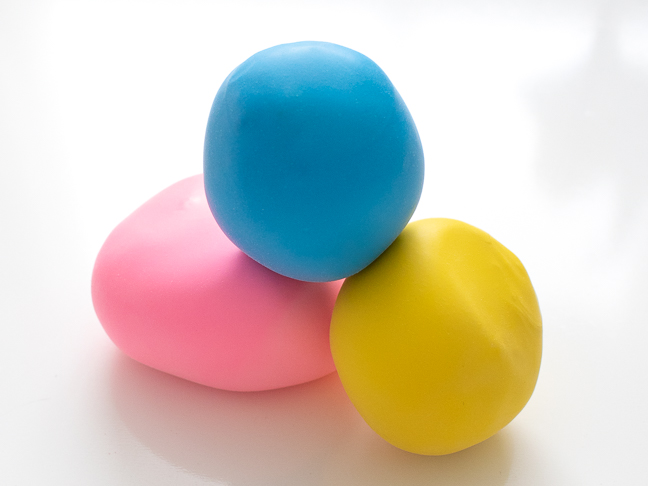
First, make your funnel out of a piece of paper by rolling it into a cone. (You might tape it in place!)
Next, pour a few tablespoons of flour into your balloon and tie it off. Your balloon should not have so much flour that you can’t tie it off easily.
Now you can gift this balloon to someone who might be feeling stressed and they can squeeze it to let go some of that stress.
Bonus points if you teach them about the heart!
Subscribe to stay in the loop with all our exciting activities!
